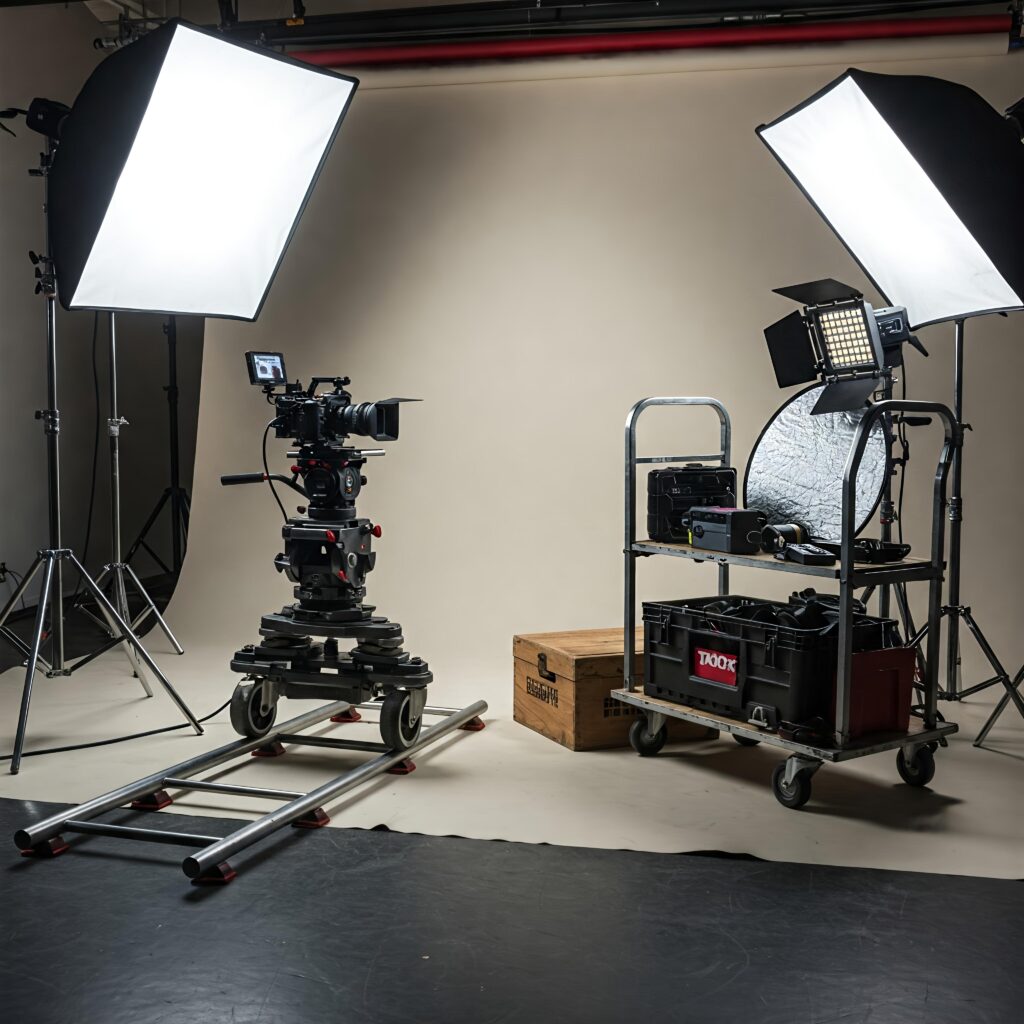
There is no doubt that your equipment are important, regardless of whether you are new to cinematography or have previously experimented with your first short films. In addition to improving the caliber of your images, the appropriate equipment enables you to convey narratives with accuracy, passion, and flair.
This post will outline the necessary gear that every prospective Director of Photography (DOP), whether on a tight budget or assembling a professional kit, should think about.
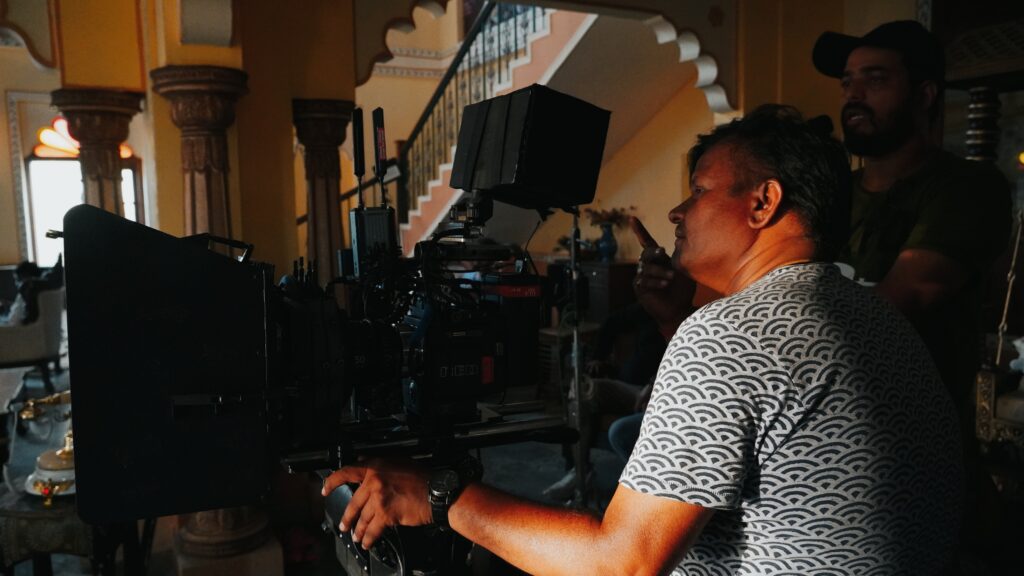
1.Your Creative Eye: The Camera:
The weapon you use to tell stories is your camera. It’s important to know what works for you, rather than constantly having the priciest one.
Some Entry-Level Cameras:
: The Canon EOS Rebel Series
: Alpha a6000 from Sony
: Budget-friendly 4K Blackmagic Pocket Cinema Camera
etc..
Options for Professionals:
: Canon C70 and C300
: DSMC2 and RED Komodo series
: The industry gold standard, ARRI Alexa
etc..
Pro Tip: Begin with what you can afford. Pay attention to movement, composition, and exposure rather than just equipment.

2. Lenses: Using Light to Paint:
The language of film is shaped by lenses. The mood of a scene may be altered by altering the focus length.
Essential Lenses:
: Zoom: 24-70mm; versatile for most uses.
: 35mm is a common format for narrative work.
: 50mm (Prime): Excellent for storytelling at eye level and in a natural setting.
: 85mm: Perfect for portraits and close-ups.
etc..
Cinematographer’s Secret: Prime lenses are higher quality and make you move, which enhances the composition of your shots.
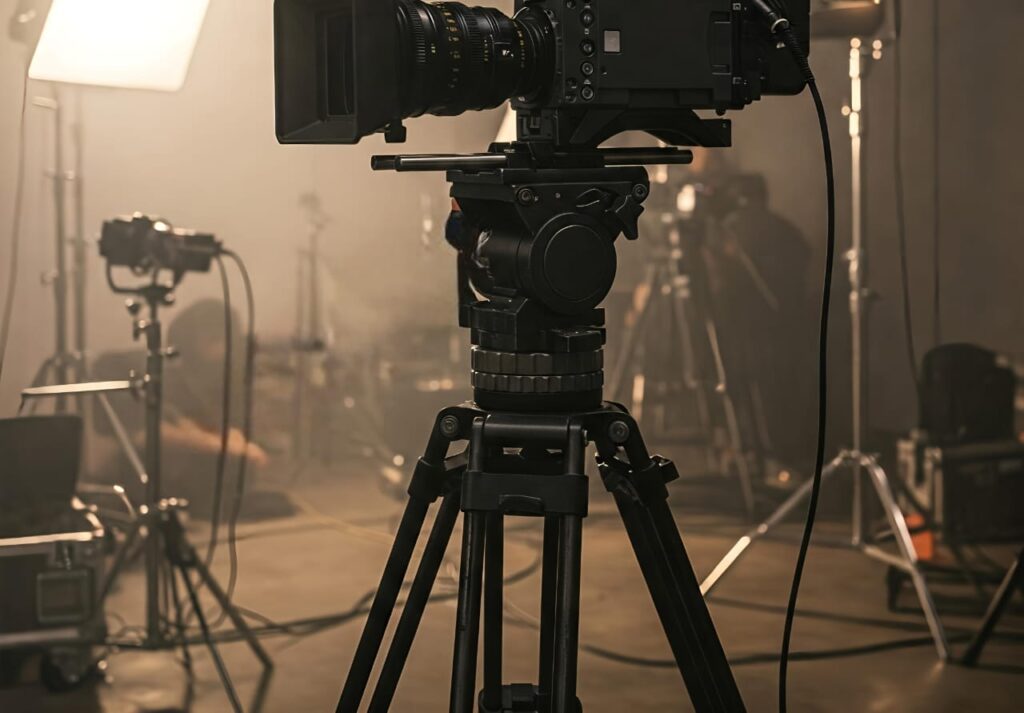
3. Use Tripods and Stabilization Equipment to Maintain Steadiness:
Though controlled movement is preferable, shaky film may be a style.
Essentials:
: Long-lasting tripod with a fluid head
: Monopod: portable and lightweight
: Gimbal (e.g., Zhiyun Crane, DJI Ronin): For shot tracking that is fluid
: For handheld documentary-style work, use a shoulder rig.
etc..
Pro Tip: Develop your creative tripod skills. Static tension shots, tilts, and pans may all be quite effective.
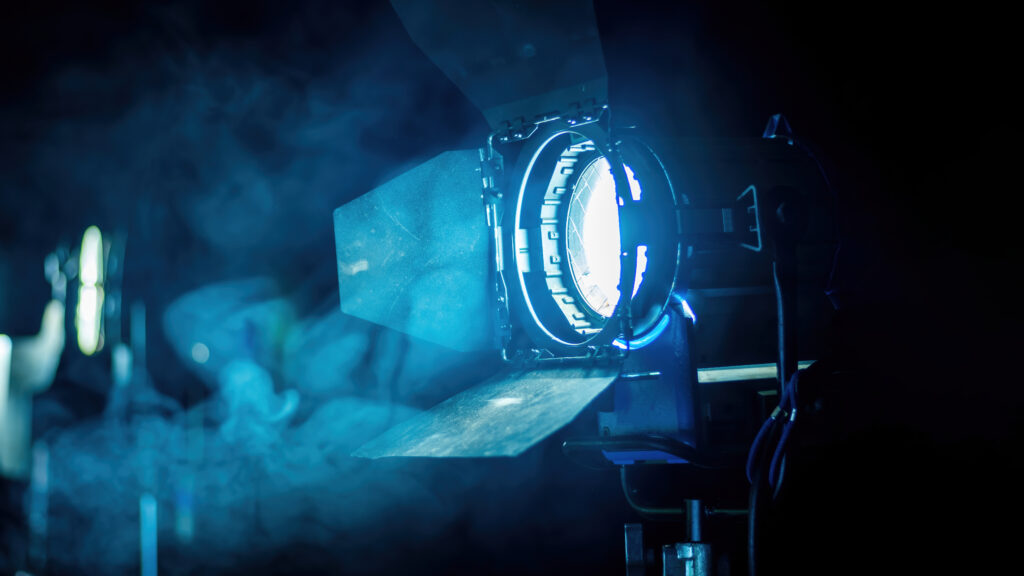
4. Lighting: Cinematography’s Soul.
Mood, depth, and realism are all influenced by lighting. The correct lighting can make even a low-cost camera sparkle.
Essential Items:
: LED panels from Godox and Aputure Amaran are adaptable and reasonably priced.
: Set up a simple three-point lighting system with a key light, fill light, and back light.
: Useful Lighting: Use fairy lights, table lamps, or lightbulbs to create a mood.
: Modifiers (diffusers, reflectors, and softboxes): Manage the quality of the light
Rule of Lighting: Inspire the light. Ensure that all of the sources in your scenario seem natural.
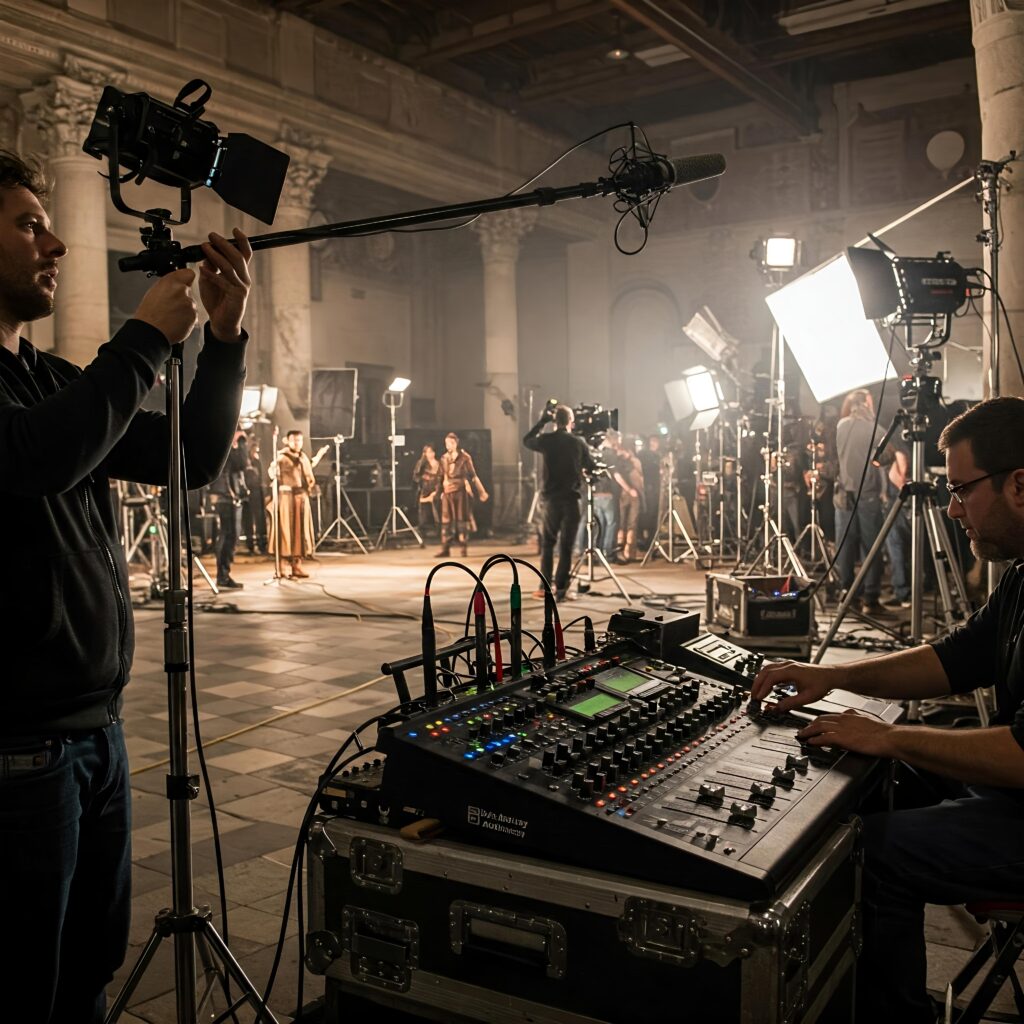
5:The Unsung Hero of Sound Recording:
A good movie with poor sound is a lousy movie. Excellent audio greatly enhances your work.
Essential Equipment:
: Directional and clear shotgun microphone (Rode NTG, Deity)
: Lavalier microphones are ideal for interviews and discussion.
: Record clean audio separately using an audio recorder (such as a Zoom H4n or Tascam DR-40).
: For field recording, a boom pole and a dead cat windshield
Pro Tip: Always use headphones to check sound on stage. Background noise, no matter how small, may destroy a scene.
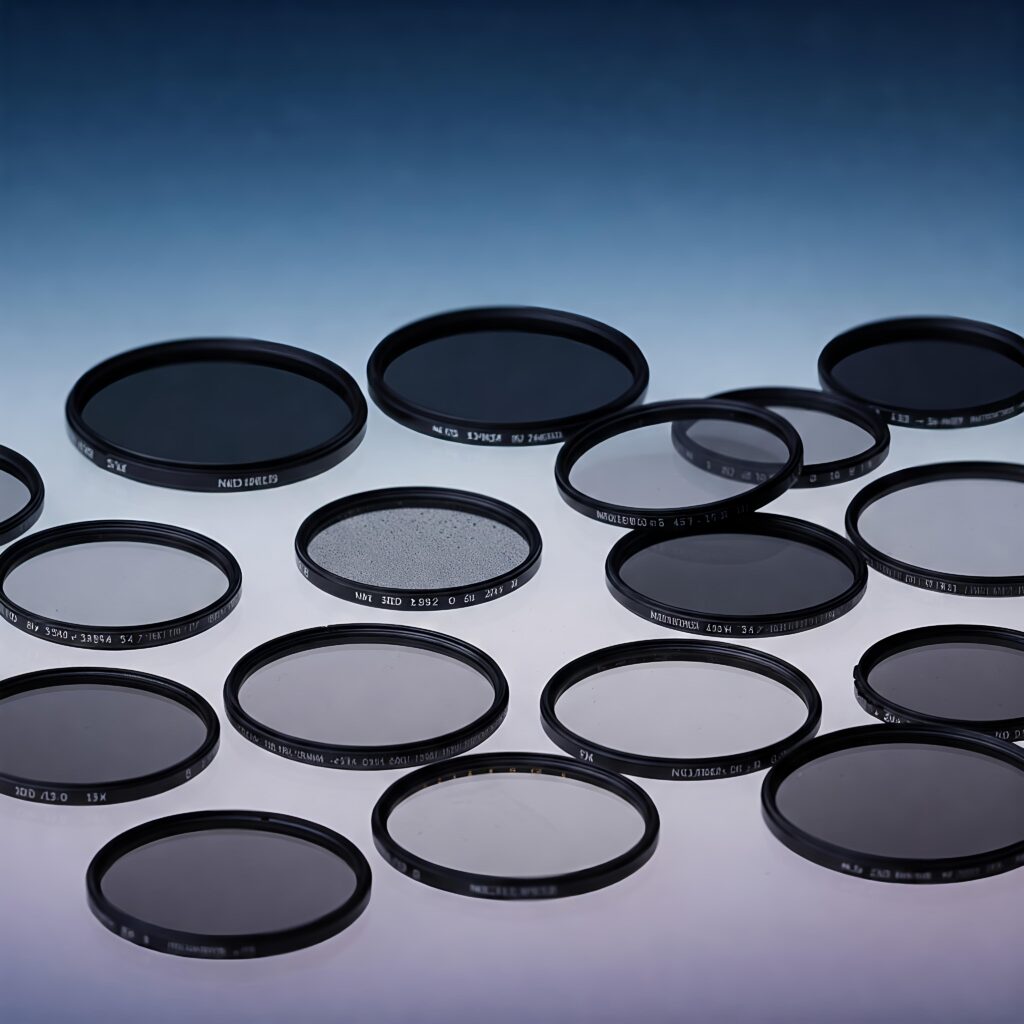
6: ND Filters & Matte Box: Manage Your Exposure:
Neutral Density (ND) filters are your greatest friend when shooting at wide apertures or outdoors. They allow you to avoid overexposure when shooting in dramatic environments.
: For shooting with a gun, variable ND filters are excellent.
: Matte boxes aid in controlling lens flare and securing filters.
7. Grip & Rigging Equipment: Muscle Behind the Scenes:
Grip gear, which is often disregarded, aids in securing, moving, or shaping the camera and light.
Additions That Are Good:
: C-stands
: Sandbags
: Arms and clamps
: For controlled motion shots, use a dolly or slider.
Cinematographer’s Secret: Your short film may seem high-budget right away with a simple slider shot.

8. Media & Storage: Protect Your Work!
High-definition video quickly consumes storage space.
Gear to Take into Account:
: Fast SD cards (UHS-II is advised)
: External SSDs (SanDisk Extreme Pro, Samsung T7)
: Cloud storage (Google Drive, Dropbox) and backup hard disks
As a general rule: Always make two backups: one online and one on hard media.
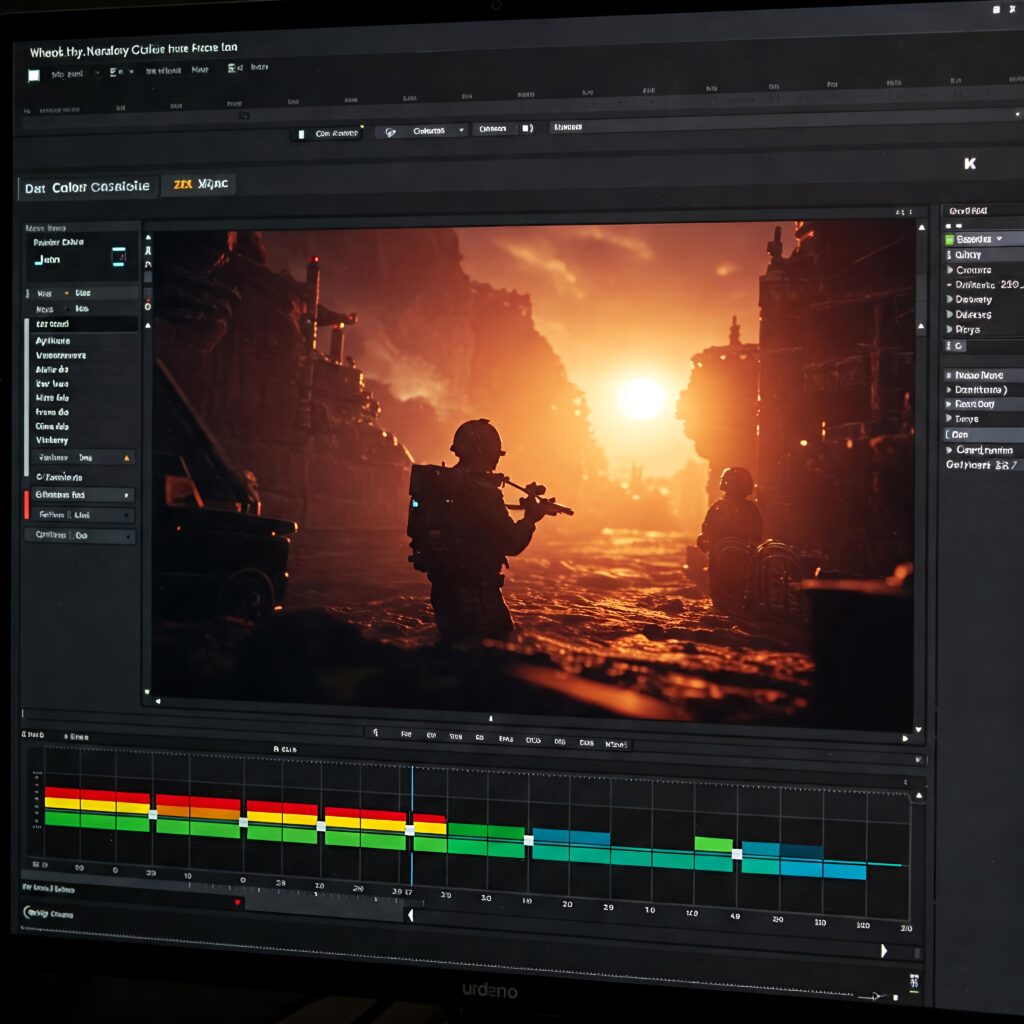
9: Color grading and editing software:
A cinematographer’s work involves post-production as well as on-set.
Suggested Software:
: Editing with Adobe Premiere Pro/Final Cut Pro
: The best program for color grading and finishing is DaVinci Resolve.
: Developing looks and grabbing frames with Lightroom and Photoshop.
Pro Tip: Learn about LUTs and color theory. Your signature will incorporate your grading style.
10: Useful but optional add-ons:
: Field monitor: Larger screen for exposure and focus
: To focus manually, use the focus mechanism.
: The camera cage is used to add accessories.
: Timecode synchronization tools for multi-camera projects.
Conclusion: It’s Not Just About Equipment:
Gear is important, but more important than that are your discipline, vision, and narrative instinct. Get to know your tools thoroughly, but also:
: Watch good movies.
: Practice daily.
: Work along with other artists.
: Create a showreel.
Keep in mind: A great DOP isn’t the one with the greatest gear; rather, they are the ones who can make a routine scene into something truly memorable.
Visual Storyteller and Director of Photography Vimal S. Mishra
Comments (2)
Sanjiv Mehta
says May 20, 2025 at 8:04 amVery informative
vimal.s.mishra@gmail.com
says June 10, 2025 at 2:09 amthanks a lot Sanjiv ji